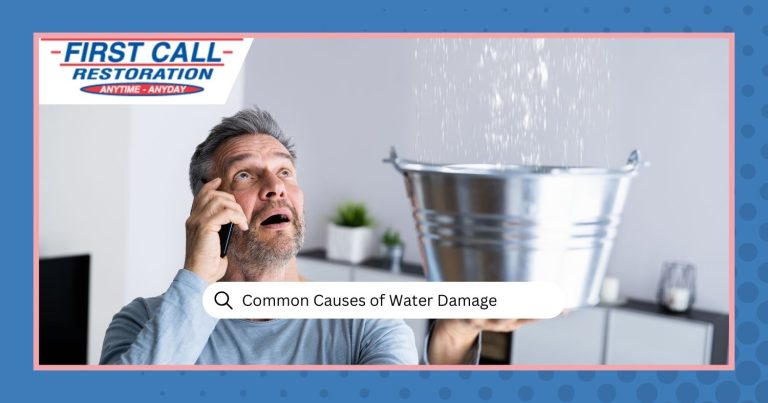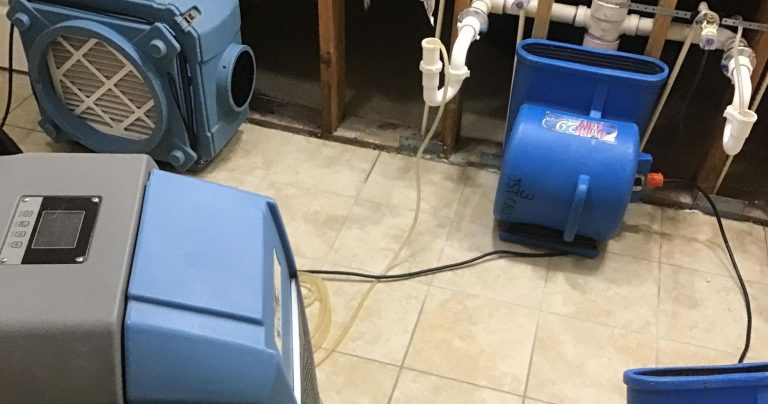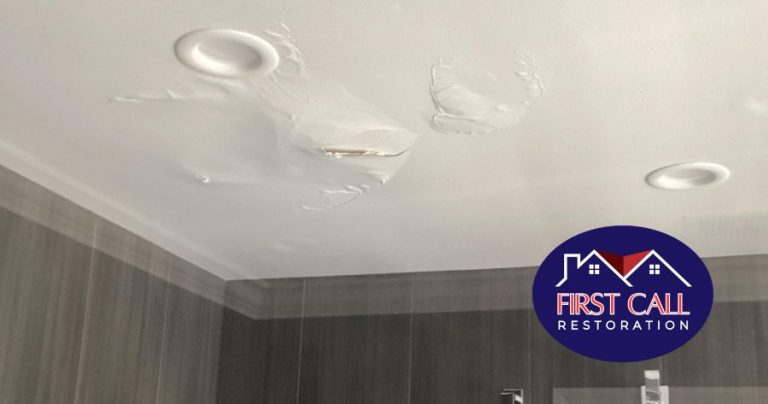Table of Contents
ToggleDIY mold removal attempts are highly inefficient and can make the situation worse. In this article learn why DIY Mold Remediation is not a good idea.
The only instance in which these attempts to remove mold have any potential to work is when one recognizes the first sign of mold growth and somehow manages to prevent it from further developing. Such an instance is incredibly rare as it is difficult to time mold removal just right.
In addition, fully eliminating the source of moisture that promotes mold growth is even more difficult. In the end, just about every DIY mold removal attempt proves incomplete. Such solutions are temporary in nature.
For instance, common household cleaning agents and disinfectants are nowhere near as strong enough to eliminate mold spores. This is also true of bleach. Such cleaners are much too weak to kill those pesky mold spores. Rather, they simply hinder mold spore development for a short period of time.
Mold will inevitably reappear again unless it is attacked with a proven cleaning solution administered by an experienced mold removal professional.
The other concern, of course, is the health of the occupants of the building. Some people have mild reactions to mold, these are mold allergies. Unfortunately, there is a segment of our population, about 25%, that are mold sensitized, meaning they have adverse reactions to any exposure to mold and will eventually develop a condition known as Chronic Inflammatory Response Syndrome (CIRS).
For this reason, we always advise calling a professional to assess your mold problem.
First Call Restoration are experts at mold removal and also trained to work with mold sensitized individuals.
The purpose of this article is to explain why you should always contact a professional before attempting to remove mold from your home or business yourself.
Experts at mold remediation in your home or office
Contact us today
(845) 442-6714
Some Key Facts On Mold!

Common indoor molds include Cladosporium, Penicillium, Aspergillus, and Alternaria. However, with floodwater that brings other contaminants into buildings several more types of fungi can grow – including mushrooms!
Mold spores naturally occur in outdoor environments. They’re a necessary part of Nature’s cycle of life. Their job in nature is to break down and “digest” organic material and return resources to the soil so new life can begin. However, when mold enters your home or work space it can be deadly.
Mold spores enter your house from the outside through:
- open doorways
- windows
- heating, ventilation, and air conditioning (HVAC) systems with outdoor air intakes
Spores in the air and ground outside also travel indoors via people and animals. Clothing, shoes, bags, and pets are convenient vehicles carrying the spores indoors.
When mold spores drop on places where there is excessive moisture, such as where leaks may have occurred in roofs, pipes, walls, or where there has been basement or crawl space flooding, they grow. But mold especially likes cellulose-containing materials like:
- paper and paper products,
- cardboard,
- ceiling tiles
- wood and wood products
Many building materials, like drywall and OSB, actually provide nutrients that encourage mold to grow when they’re wet.
Other materials like dust, paints, wallpaper, insulation materials, drywall, carpet, fabric, and upholstery, commonly support mold growth when they’re wet also.
The NUMBER 1 Reason Cleaning Mold Damage Is NOT a DIY Job!

With the stakes that high, you really don’t want to risk putting yourself, your family or employees at risk!
Since health is the number one reason you should be cautious, always consult a professional.
At First Call Restoration, all of our technicians are trained to protect themselves – with safety equipment such as respirator air masks, tyvek suits, and protective gloves. And, they’re trained to protect you and your property too.
Unless you have full personal protective gear including a respirator, as well as knowledge and experience, don’t try to remove mold yourself! Cleaning mold damage can make you sick!
Here’s why you want First Call Restoration’s Comprehensive Mold Remediation Services:
- First, we create containment and apply HEPA air filtration. This prevents cross-contamination to other areas of the home or office.
- Next, we creating negative air so that the affected area is vented to the outdoors where mold belongs.
- Then we HEPA vacuum and clean the affected area to remove surface growth.
- And, we remove all cellulose containing materials – like drywall and carpet – that the mold penetrated.
- Then we apply anti-microbial solution to clean and protect the area and prevent future growth.
- After that, we HEPA vacuum every surface again.
- As a last step, we may encapsulate the area – when necessary.
We protect your home or business from contamination while we remove the mold for you safely!
Got Mold Questions?

First Call Restoration is here to help. If you have questions about your indoor air quality or mold, give us a call, (845) 442-6714, or send us an e-mail. We look forward to serving you! 🙂
Experts at mold remediation in your home or office
Contact us today
(845) 442-6714



